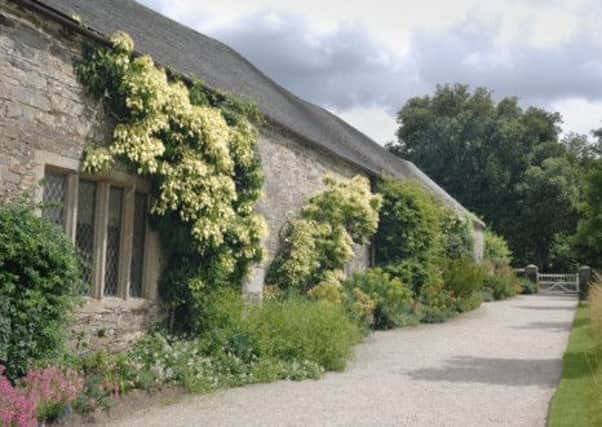Property - Do-It-Yourself


If you’re considering buying a house or flat that’s listed, you need to know what you’re letting yourself in for, particularly if you’re thinking about altering or updating it. Making changes won’t necessarily be a nightmare, but it can be a longer, more complicated and expensive process than that of altering a non-listed building, and you may not be able to do what you want. The older a building is, the more chance there is that it’s listed.
Generally, listing applies to all buildings built before 1700 and to most built between 1700 and 1840. The vast majority of listed buildings are Grade II listed, but more important ones are Grade II* and the most important are Grade I. In Scotland, categories A, B and C are used instead of grades. Listing includes the whole exterior and interior, and sometimes attached structures as well.
Advertisement
Hide AdAdvertisement
Hide AdSome buildings are classified as being ‘locally listed’. This means that they’re considered by the local council to be of local historical or architectural interest, but aren’t important enough to be nationally listed and so don’t have statutory protection.
Locally listed buildings are subject to normal planning controls, but the local listing will be taken into consideration if a planning application is made.
Before making any changes to a listed building, you should consult your local council’s conservation officer because work that seems minor can require consent.